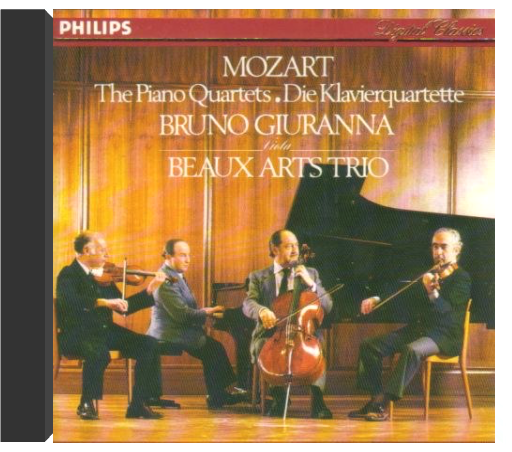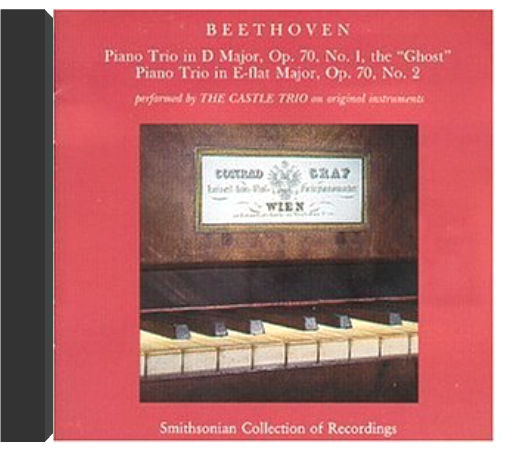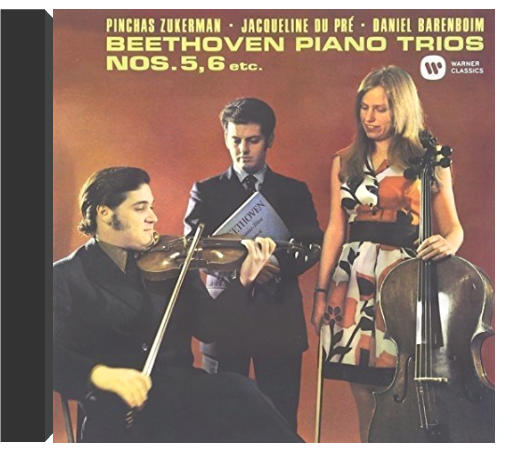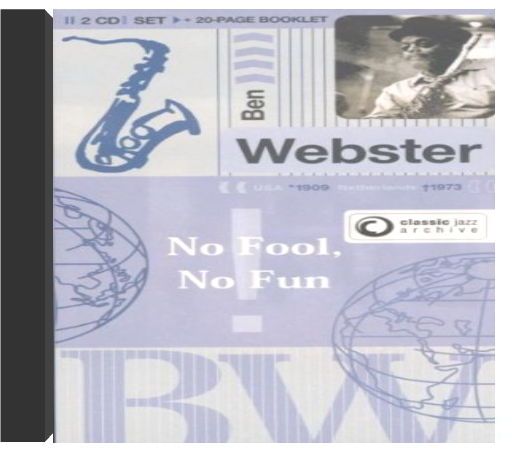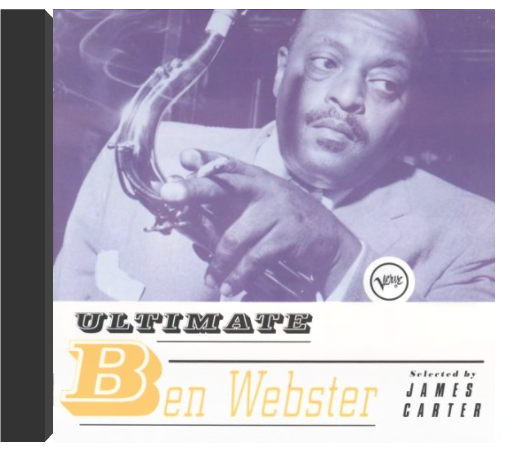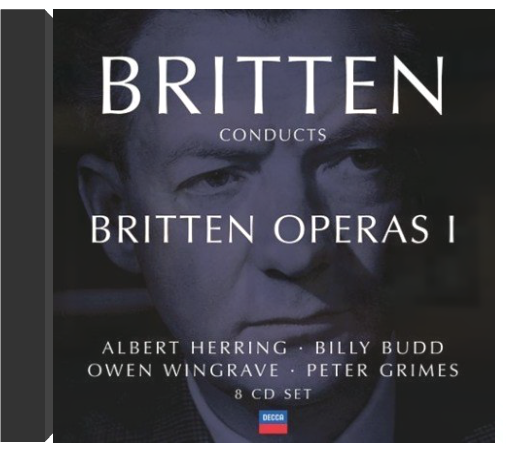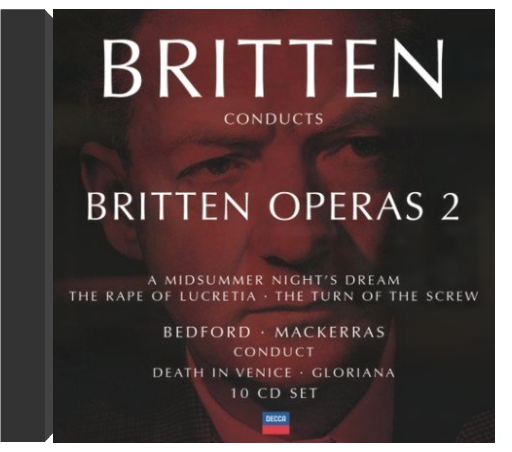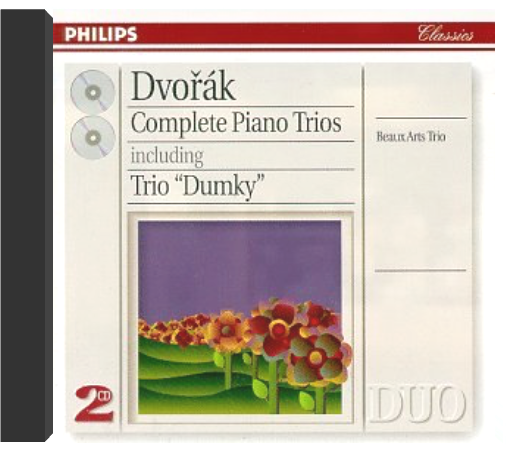 Dvorák: Complete Piano TriosBeaux Arts Trio Dvorák: Complete Piano TriosBeaux Arts Trio Dvorák composed four piano trios, and all of them are fine works. The very last, the so-called "Dumky" Trio, has eclipsed the others in popularity, which is a pity, particularly with respect to the Trio No. 3 in F minor. This work, composed at exactly the same time as the Seventh Symphony, is clearly the finest work of its type since Beethoven—and that includes the three trios of Brahms. Perfectly proportioned, emotionally intense, and chock full of incredible tunes, it grabs you from the first note and never lets you go. The Beaux Arts Trio performs all of this music with their customary musicality and expertise, and the "twofer" price in unbeatable. Now try that Trio No. 3—you'll be glad you did. —David Hurwitz 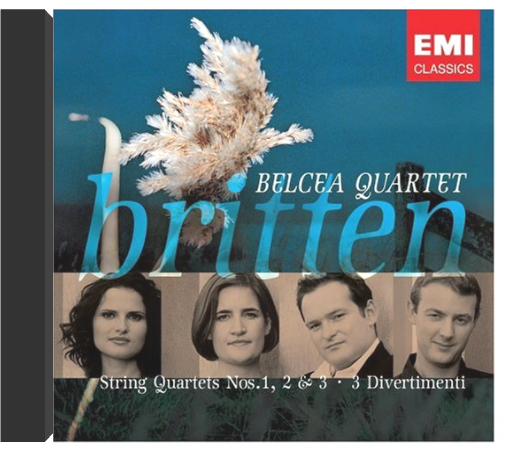 Britten: String Quartets No. 1, 2, 3; Three DivertimentiBelcea Quartet Britten: String Quartets No. 1, 2, 3; Three DivertimentiBelcea Quartet The chamber music on this CD spans almost Britten's entire career, from 1936 to 1975. The Three Divertimenti were not well received at their premiere in '36 and Britten was "downcast." While hardly masterpieces, the stormy first movement's march, the second's calming waltz and the final, unsettled burlesque still hold the interest, especially when as well played as the Belceas play them. The first quartet's (1941) first movement alternates andante with allegro passages, while the second is a bristly march, the third calms the listener down and the final movement is upbeat. The second quartet, written right after the very successful premiere of Peter Grimes, is far more complex. It is in three movements. The first is an off-putting combination of depression and mania; the second, while outwardly perky (it's marked "vivace"), is creepy. But it's the last movement that is so masterful—a theme and 21 variations on a Purcell-like chaconne, which lasts 18 minutes and gives cadenzas to cello, first violin and viola. The Third Quartet, composed after "Death in Venice," uses one of its themes and is in five movements. It is a dark, forceful work with little joy—when it isn't nervous it's disheartening—but it is a fascinating and affecting piece you won't forget. The Belceas play as a team as brilliantly as they do during their individual moments. Highly recommended. —Robert Levine 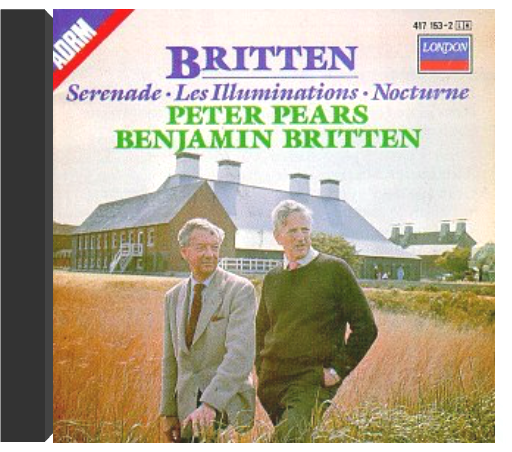 Benjamin Britten: Serenade Opus 31 / Les Illuminations Opus 18 / Nocturne Opus 60Benjamin Britten Benjamin Britten: Serenade Opus 31 / Les Illuminations Opus 18 / Nocturne Opus 60Benjamin Britten The Serenade and the Nocturne were both composed for Britten's lover, Peter Pears, although "Les Illuminations" was originally written for female voice. Since its premiere, however, it too has become a tenor standard, particularly since it rounds out CDs like this one, which feature the other song cycles as well. Pears was the archetypal English tenor. He had a thin, very agile voice, capable of a surprising volume of tone when necessary. He knew that he wasn't cut out for Italian opera, and when you're sleeping with one of the century's greatest composers, who cares? All of the music written for him was tailored to his special abilities, and he always made the most of the many opportunities that Britten offered to sound like the greatest singer in the world. —David Hurwitz  Britten: Serenade: Michelangelo Sonnets: Winter WordsBenjamin Britten Britten: Serenade: Michelangelo Sonnets: Winter WordsBenjamin Britten Tracks 1-8 Serenade for Tenor, Horn, and Strings op.31 Tracks 9-15 Seven Sonnets of Michelangelo, op. 22 Tracks 16-Winter Words, Op. 52 |
 Made with Delicious Library
Made with Delicious Library

